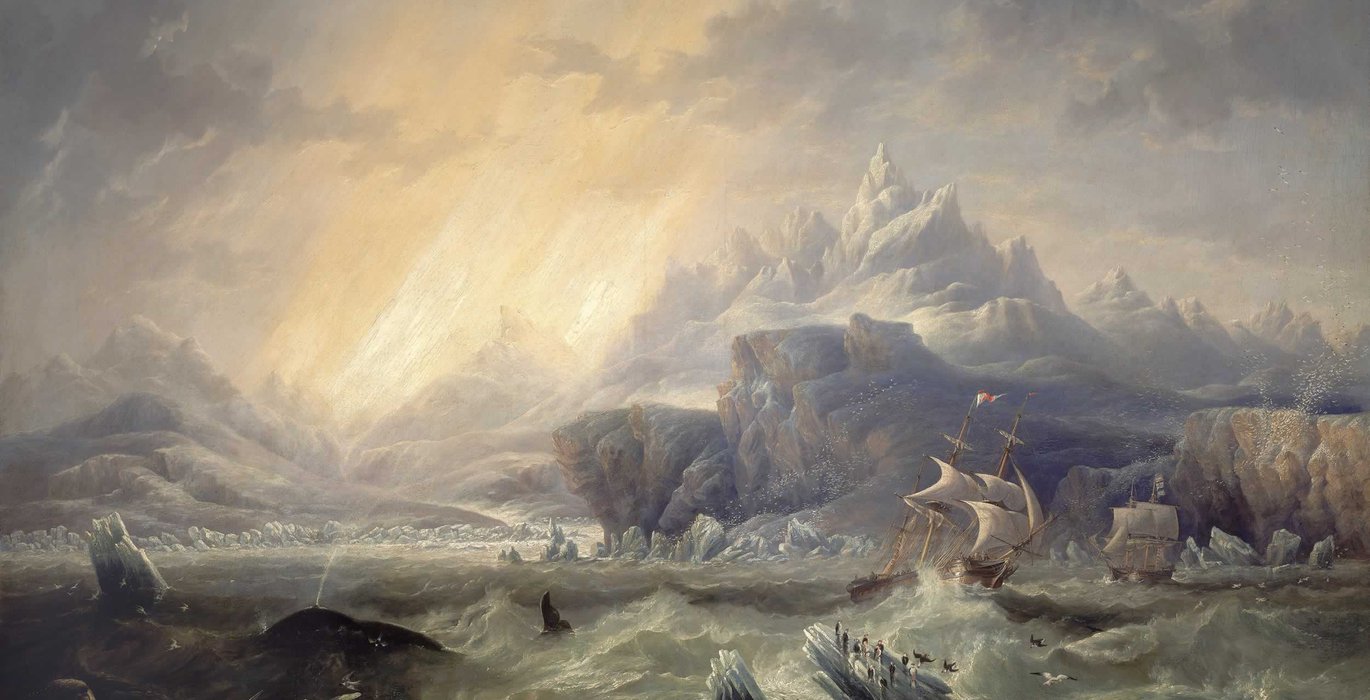
ir John Franklin’s 1845 journey through the Northwest Passage was supposed to have helped Britain find a cheap, safe route for trade with China, and generate new knowledge of the earth’s northern magnetic pole. Despite being led by one of the foremost explorers of the era, the mission ran aground in Arctic ice near King William Island.
The mission’s two ships, the HMS Erebus and Terror were abandoned in April of 1848 upon Franklin’s death. What was left of his crew was believed to made an attempt to return to mainland Canada by foot. None of the 129 men was ever seen again.
The disappearance of the crew led to one of the world’s largest rescue efforts of the day, with over 32 missions having been conducted from 1847 to 1859. Subsequent searches turned up small clues in diaries, memoirs and letters, but larger mystery – including the fate of the Terror and Erebus – was subject of much speculation for the next 160 years.
The disappearance of the crew led to one of the world’s largest rescue efforts of the day, with over 32 missions having been conducted from 1847 to 1859.
In 2008, Parks Canada began a new search for the two missing ships. In 2011, ARF joined the effort, procuring a Newfoundland shipping trawler to refurbish into a dedicated research vessel. Named after the former director of the Polar Continental Shelf Program, the R/V Martin Bergmann was a key part of the search along with three other large ships—the Canadian Coast Guard icebreaker Sir Wilfrid Laurier, the Royal Canadian Navy frigate HMCS Kingston and an adventure cruise ship called One Ocean Voyager.
By 2014, the mission had its first big success, when Erebus was discovered in the shallow waters of the eastern Queen Maud Gulf. Its location was both a triumph of cooperation and a validation of Inuit oral history, which had long suggested one of Franklin’s two ships had been abandoned there.
Initial searches of the Victoria Strait were halted due to weather and ice conditions. Heading south to the relatively ice-free Queen Maud Gulf, the R/V Martin Bergmann and Sir Wilfred Laurier waited for circumstances to improve.
The apparent setback turned out to be a stroke of luck. Hydrographer Scott Youngblutt, Doug Stenton, Nunavut’s heritage director, and Robert Park, an archaeologist from the University of Waterloo, had earlier spotted the remains of an Inuit campsite in the gulf. While the trio revisited the rocky beach, helicopter pilot Andrew Stirling noticed a large, U-shaped piece of rusted iron leaning against a rock. This was, in fact, a Royal Navy davit, part of the mechanism the Erebus would have used to lower smaller boats into the water. Refocusing their side-scan sonar on a nearby seabed, the ghostly image of the HMS Erebus soon crawled across the screen.
Subsequent dives on the Erebus—including through the ice in the spring of 2015—yielded a treasure trove of Franklin artifacts. They included the ship’s brass bell, a brass “six pounder” cannon, ceramic plates and illuminators that were used to bring sunlight from the ship’s deck into the quarters below. The astonishing findings garnered international attention.
ARF’s collaborative, community-focused approach had just paid its first big dividend.





